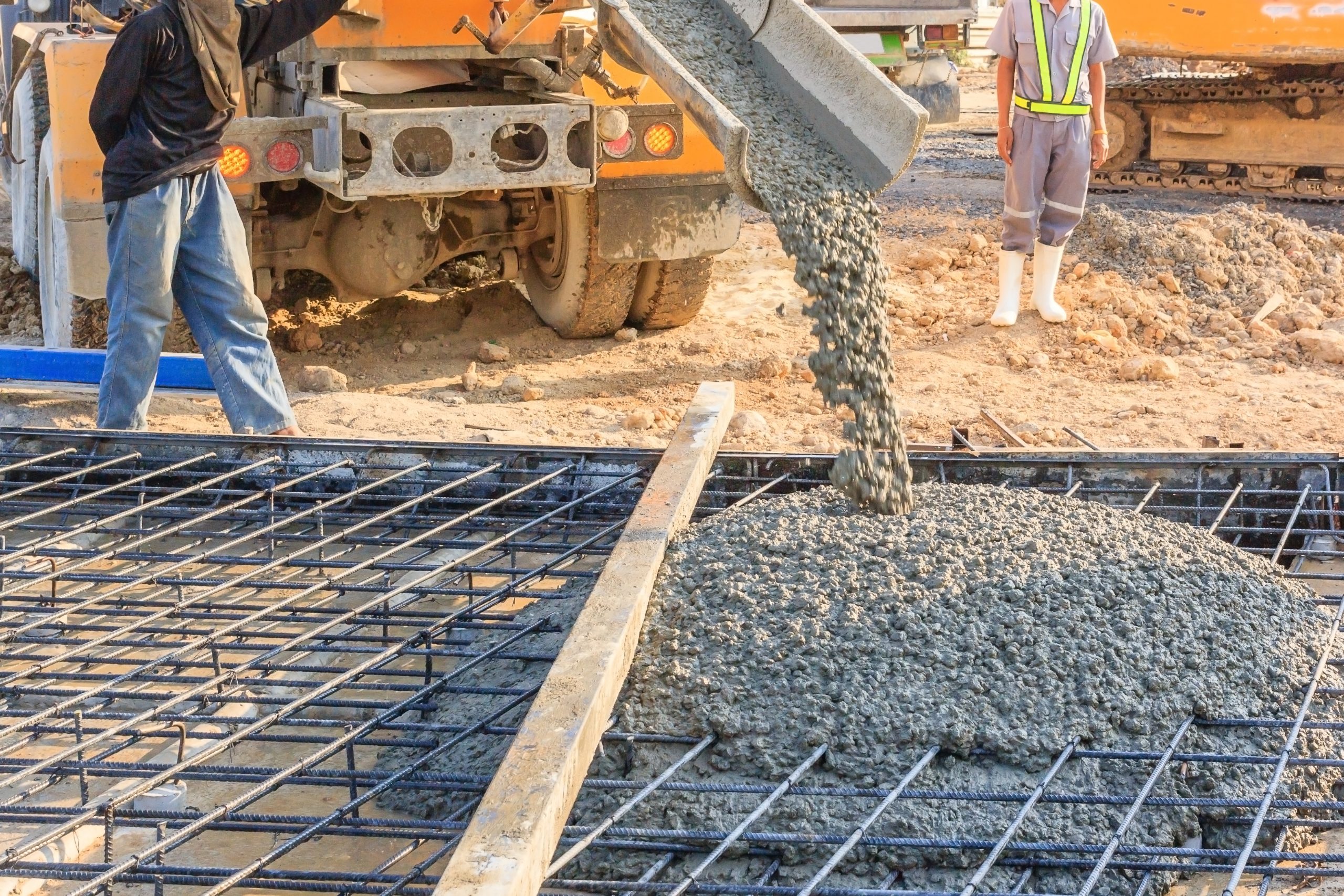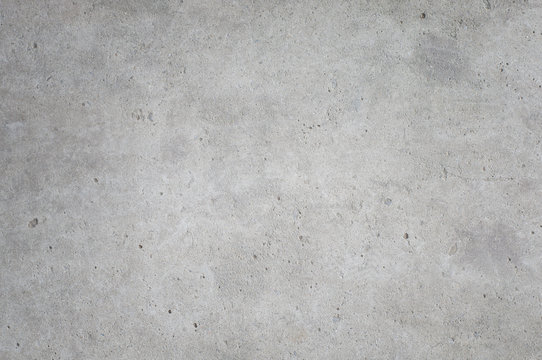Expert Concrete Setup: Changing Your Space with Solid Structures
Introducing the Eco-Friendly Advantages of Making Use Of Recycled Concrete in Lasting Construction Practices
In the realm of sustainable building and construction methods, the application of recycled concrete stands as a crucial yet typically undervalued source. Past its traditional applications, recycled concrete deals a myriad of green benefits that extend far beyond the confines of standard building materials.
Ecological Benefits
Undoubtedly, among the most substantial benefits of using recycled concrete is its favorable effect on the setting. By incorporating recycled concrete into building methods, there is a considerable decrease in the need for brand-new resources, leading to conservation of all-natural sources. This procedure aids in preserving aggregates, water, and energy that would certainly have been utilized in producing new concrete. In addition, making use of recycled concrete lessens the quantity of waste being sent to landfills, thus lowering environmental pollution and minimizing the strain on land fill capacities.

Furthermore, the production of standard concrete is a substantial source of carbon exhausts due to the energy-intensive process of cement production. In contrast, recycled concrete has a reduced carbon impact as it lowers the demand for new concrete production. This decrease in carbon discharges adds to mitigating climate modification and sustains sustainable building practices. Generally, the ecological advantages of utilizing recycled concrete are substantial and play a critical role in promoting eco-friendly construction approaches.
Cost-Efficiency
Accomplishing cost-efficiency is an extremely important consideration when analyzing the use of recycled concrete in building and construction tasks. One of the crucial advantages of making use of recycled concrete is its cost-effectiveness contrasted to typical concrete.
Furthermore, using recycled concrete can bring about savings in landfill costs by diverting concrete waste from disposal websites. This not only lowers the environmental effect however likewise removes the expenses connected with waste elimination. The durability and efficiency of recycled concrete are comparable to standard concrete, making sure that price financial savings do not endanger the quality of the building.
Toughness and Stamina
Taking into consideration the considerable cost-efficiency advantages of using recycled concrete, it is important to examine its durability and toughness in building and construction applications. Recycled concrete deals comparable, otherwise remarkable, durability and toughness properties to traditional concrete. With innovations in processing strategies and quality assurance, recycled concrete can fulfill or surpass the performance criteria of traditional concrete. The process of reusing concrete involves squashing, arranging, and evaluating old concrete to create accumulations that can be used in new building jobs. These recycled accumulations can providing acceptable compressive toughness, longevity, and lasting efficiency.

Waste Reduction
When it comes to utilizing recycled concrete, waste reduction is a crucial advantage that adds dramatically to ecological preservation. By integrating recycled concrete right into building and construction projects, this waste is repurposed and drawn away from land fills, reducing the total ecological influence of building and construction activities.
Recycled concrete not just helps in reducing the amount of waste that winds up in garbage dumps however additionally conserves natural deposits by decreasing the Our site need for brand-new aggregate materials. This process of waste reduction advertises a circular economic climate within the building and construction field, where materials are reused and recycled to produce a much more lasting industry. Additionally, the usage of recycled concrete can cause set you back savings for construction jobs, as it is commonly more inexpensive than sourcing and moving new materials. To conclude, waste reduction through the utilization of recycled concrete is an important element of lasting construction methods that benefits both the building and the environment industry as a whole.
Power Conservation
When it comes to making use of recycled concrete in building, substantial power financial savings are accomplished compared to traditional concrete manufacturing. The process of generating recycled concrete includes reusing and crushing existing concrete products, which takes in less power than mining, handling, and carrying raw products for brand-new concrete manufacturing.
Verdict
Finally, the use of recycled concrete in lasting building and construction techniques provides countless environmental benefits, cost-efficiency, durability, stamina, waste decrease, and power conservation. By including recycled concrete into construction projects, we can contribute to page a much more lasting and eco friendly future. It is vital for the building sector to focus on making use of recycled materials to aid decrease the environmental effect of building and construction tasks.
One of the crucial benefits of using recycled concrete is its cost-effectiveness contrasted to standard concrete.Additionally, the usage of recycled concrete can lead to savings in garbage dump costs by drawing away concrete waste from disposal websites. The sturdiness and efficiency of recycled concrete are equivalent to standard concrete, making sure that expense savings do not endanger the high quality of the building.
